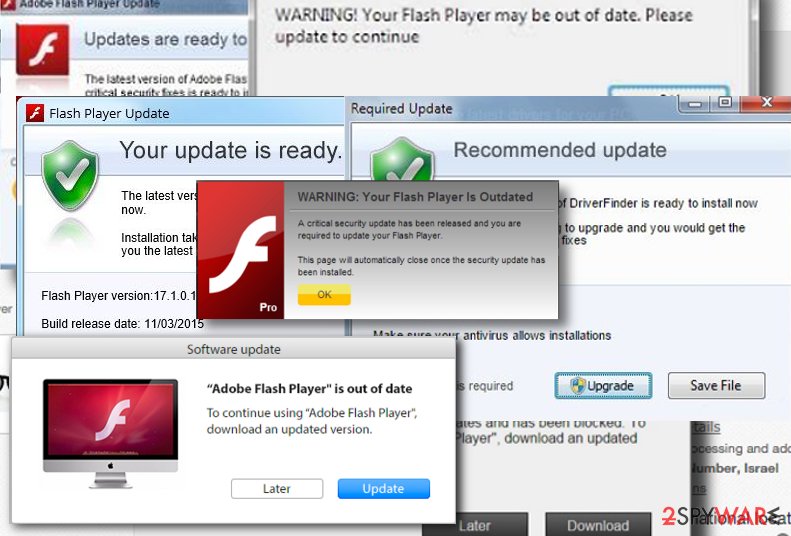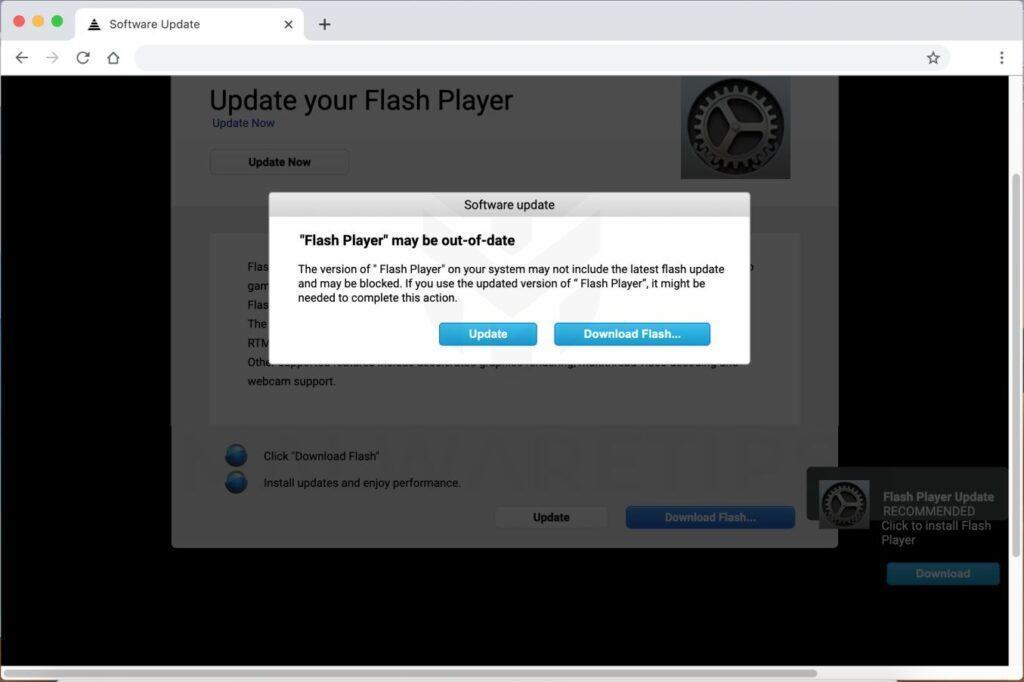

After completing the encryption process, KeRanger demanded that victims pay one bitcoin (about US$400 at the time, about US$16,806.70 as of December 25, 2022) for the user to recover their credentials.Clicking the update button is a terrible idea.

In March 2016 Apple shut down the first ransomware attack targeted against Mac users, encrypting the users' confidential information. Malware has also been spread on Macs through Microsoft Word macros.
 Coin Thief – Stole bitcoin login credentials through cracked Angry Birds applicationsĪ trojan known as Keydnap first appeared in 2016, which placed a backdoor on victims' computers.Īdware is also a problem on the Mac, with software like Genieo, which was released in 2009, inserting ads into webpages and changing users' homepage and search engine. Appetite – Trojan horse targeting government organizations. The malware forced Oracle and Apple to release bug fixes for Java to remove the vulnerability.īit9 and Carbon Black reported at the end of 2015 that Mac malware had been more prolific that year than ever before, including: Initially, it infected computers through fake Adobe Flash Player install prompts, but it later exploited a vulnerability in Java to install itself without user intervention. In 2012, a worm known as Flashback appeared. The trojan MacDefender (2011) used a similar tactic, combined with displaying popups. History Įarly examples of macOS malware include MP3Concept (discovered 2004, a benign proof of concept for a trojan horse), Leap (discovered in 2006, also known as Oompa-Loompa) and RSPlug (discovered in 2007).Īn application called MacSweeper (2009) misled users about malware threats in order to take their credit card details. Utilities are also available to find and remove malware. There is a frequent release of system software updates to resolve vulnerabilities. macOS (previously Mac OS X and OS X) is said to rarely suffer malware or virus attacks, and has been considered less vulnerable than Windows. MacOS malware includes viruses, trojan horses, worms and other types of malware that affect macOS, Apple's current operating system for Macintosh computers. Computer program that affects macOS platform
Coin Thief – Stole bitcoin login credentials through cracked Angry Birds applicationsĪ trojan known as Keydnap first appeared in 2016, which placed a backdoor on victims' computers.Īdware is also a problem on the Mac, with software like Genieo, which was released in 2009, inserting ads into webpages and changing users' homepage and search engine. Appetite – Trojan horse targeting government organizations. The malware forced Oracle and Apple to release bug fixes for Java to remove the vulnerability.īit9 and Carbon Black reported at the end of 2015 that Mac malware had been more prolific that year than ever before, including: Initially, it infected computers through fake Adobe Flash Player install prompts, but it later exploited a vulnerability in Java to install itself without user intervention. In 2012, a worm known as Flashback appeared. The trojan MacDefender (2011) used a similar tactic, combined with displaying popups. History Įarly examples of macOS malware include MP3Concept (discovered 2004, a benign proof of concept for a trojan horse), Leap (discovered in 2006, also known as Oompa-Loompa) and RSPlug (discovered in 2007).Īn application called MacSweeper (2009) misled users about malware threats in order to take their credit card details. Utilities are also available to find and remove malware. There is a frequent release of system software updates to resolve vulnerabilities. macOS (previously Mac OS X and OS X) is said to rarely suffer malware or virus attacks, and has been considered less vulnerable than Windows. MacOS malware includes viruses, trojan horses, worms and other types of malware that affect macOS, Apple's current operating system for Macintosh computers. Computer program that affects macOS platform







 0 kommentar(er)
0 kommentar(er)
